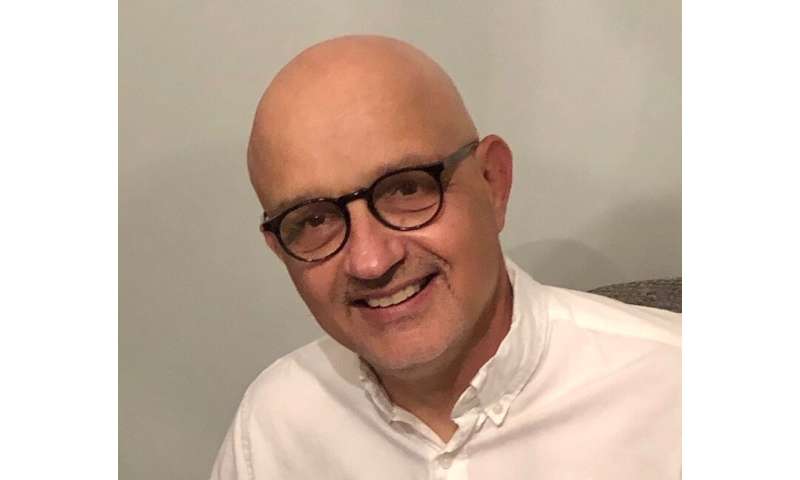
University of Virginia School of Medicine scientists are harnessing the mind-bending potential of quantum computers to help us understand genetic diseases—even before quantum computers are a thing.
UVA’s Stefan Bekiranov, Ph.D., and colleagues have developed an algorithm to allow researchers to study genetic diseases using quantum computers, once there are much more powerful quantum computers to run it. The algorithm, a complex set of operating instructions, will help advance quantum computing algorithm development and could advance the field of genetic research one day.
Quantum computers are still in their infancy. But when they come into their own, possibly within a decade, they may offer computing power on a scale unimaginable using traditional computers.
“We developed and implemented a genetic sample classification algorithm that is fundamental to the field of machine learning on a quantum computer in a very natural way using the inherent strengths of quantum computers,” Bekiranov said. “This is certainly the first published quantum computer study funded by the National Institute of Mental Health and may be the first study using a so-called universal quantum computer funded by the National Institutes of Health.”
Quantum Computing Basics
Traditional computer programs are built on 1s and 0s, either-or. But quantum computers take advantage of a freaky fundamental of quantum physics: Something can be and not be at the same time. Rather than 1 or 0, the answer, from a quantum computer’s perspective, is both, simultaneously. That allows the computer to consider vastly more possibilities, all at once.
The challenge is that the technology is, to put it lightly, technically demanding. Many quantum computers have to be kept at near absolute zero, the equivalent of more than 450 degrees below zero on the Fahrenheit scale. Even then, the movement of molecules surrounding the quantum computing elements can mess up the calculations, so algorithms not only have to contain instructions for what to do, but for how to compensate when errors creep in.
“Our goal was to develop a quantum classifier that we could implement on an actual IBM quantum computer. But the major quantum machine learning papers in the field were highly theoretical and required hardware that didn’t exist. We finally found papers from Dr. Maria Schuld, who is a pioneer in developing implementable, near-term, quantum machine learning algorithms. Our classifier builds on those developed by Dr. Schuld,” Bekiranov said. “Once we started testing the classifier on the IBM system, we quickly discovered its current limitations and could only implement a vastly oversimplified, or ‘toy,’ problem successfully, for now.”
Classifying Genomic Data
The new algorithm essentially classifies genomic data. It can determine if a test sample comes from a disease or control sample exponentially faster than a conventional computer. For example, if they used all four building blocks of DNA (A, G, C or T) for the classification, a conventional computer would execute 3 billion operations to classify the sample. The new quantum algorithm would need only 32.
That will help scientists sort through the vast amount of data required for genetic research. But it’s also proof-of-concept of the usefulness of the technology for such research.
Bekiranov and collaborator Kunal Kathuria, Ph.D., were able to create the algorithm because they were trained in quantum physics, a field that even scientists often find opaque. Such algorithms are more likely to emerge from physics or computer science departments than medical schools. (Both Bekiranov and Kathuria conducted the study in the School of Medicine’s Department of Biochemistry and Molecular Genetics. Kathuria is currently at the Lieber Institute for Brain Development.)
Because of the researchers’ particular set of skills, officials at the National Institutes of Health’s National Institute of Mental Health supported them in taking on the challenging project. Bekiranov and Kathuria hope what they have developed will be a great benefit to quantum computing and, eventually, human health.
Source: Read Full Article
